Advertisement
AI is all around us today. It has changed the way we live, work, and connect with others. But as it grows, so do privacy concerns. Many people worry about how their data is collected, used, and shared. Data leaks and hidden AI tools make things worse. Studies show that most people don’t trust companies to protect their data. Many also feel uneasy about how AI might use their info in unexpected ways. That’s why AI privacy matters. It's not optional; it’s urgent. In this article, we will discuss a simple 5-point checklist applicable to both organizations and individuals.

It's very important to only collect the data you truly need when using AI. This is called data minimization. It means you don’t ask for more personal details than necessary. For example, if your AI only needs a person’s age to work, don’t ask for their full address or phone number. It helps you in multiple ways. When you collect less data, it lowers the risk of hackers stealing personal info. It also shows users that you respect their privacy, which helps build trust. Additionally, following this rule helps you comply with privacy laws such as GDPR and CCPA.
To do this, start by asking yourself: “Why do I need this data?” If there’s no clear reason, don’t collect it. Use forms that ask for only the basics. Delete any extra data you don’t use anymore. Also, try to remove names and other details that can identify someone. A good example is Apple. They handle some AI features, such as voice commands, directly on the device instead of sending data to the cloud. This helps protect user privacy and also makes the app faster.
One of the best ways to protect data is through encryption. Encryption means transforming readable information into an encrypted code. This way, if someone tries to steal the data, they won't be able to read it unless they have the right key to unlock it. But the main question is, why does this matter? Because encrypted data stays safe even if it's sent over the internet or stored on a computer. It helps stop hackers from seeing personal information. It also helps you follow privacy rules and laws.
There are two main types of encryption. The first is symmetric encryption, where the same key is used to lock and unlock the data. It’s fast and works well for big files. The second type is asymmetric encryption. It uses two keys: one to lock the data and another to unlock it. It’s a bit slower but very useful when sending secure messages online.
There are also some advanced tools now. For example, homomorphic encryption enables AI systems to work with encrypted data without needing to decrypt it first. This means the data stays private even while the AI is using it. Another method, called honey encryption, shows fake information if someone tries to break in using the wrong key.

AI can sometimes feel like a mystery. It makes decisions, but we don’t always know how or why. That’s where explainable AI comes in. It helps people understand what the AI is doing and why it made a certain choice. When AI is clear and easy to understand, people are more likely to trust it. For example, if someone is denied a loan by an AI system, they should be able to see what factors led to that decision, such as income, credit score, or debt. This helps people feel the process is fair.
Explainable AI also helps stop bias or mistakes. If the AI makes an unfair decision, it can be reviewed and corrected. It also helps companies comply with privacy and fairness laws, especially when AI affects someone's job, health, or finances.
Artificial intelligence (AI) is becoming increasingly powerful and widely used every day. Therefore, it has become crucial to adhere to privacy laws. These laws are designed to protect people's data. Therefore, whenever data is collected using AI, businesses should be aware of the implications in a manner that stays within legal boundaries and maintains trust. If companies disregard these rules, they may face serious consequences, including legal fines, damage to their reputation, and loss of customer trust.
Some of the most important privacy laws in 2025 include the GDPR in Europe. In the U.S., California’s CCPA and CPRA give people more control over their data and require companies to explain how AI is used. China’s PIPL focuses on data localization and clear rules for AI decision-making. Several U.S. states, including Colorado, Virginia, and New Jersey, have also introduced their own AI-related privacy regulations.
In today’s digital world, it is very important to control who can access your sensitive data. Not everyone in the company should have access. When access to important data is given openly, it can invite a long range of risks. But AI is making access control smarter and more efficient. It can monitor user activity quickly and spot anything unusual. AI can also adjust access permissions automatically based on a person’s role and any current threats.
Another powerful benefit is that AI can explain why access was given or denied. It is helpful during audits and helps build trust in the system. Companies can also use different types of access control methods. Role-based access control (RBAC) gives permissions based on job duties. In comparison, attribute-based access control (ABAC) utilizes factors such as time, location, or device type.
Artificial intelligence (AI) has become a significant part of our lives. We are becoming dependent on it slowly without even realizing it. But there should be a culture that truly respects people’s personal information. When people know what data is collected and how it’s used, they feel more confident. It makes them feel involved. Privacy shouldn’t be hidden. It should be part of the user experience. It’s a way of thinking built on care and responsibility.
To make that happen, we need teamwork. Governments, businesses, and people must work together. Privacy rules should be applicable globally while respecting local needs. With this mindset, AI can grow in a way that protects freedom and dignity. That’s how we make technology a force for good.
Advertisement
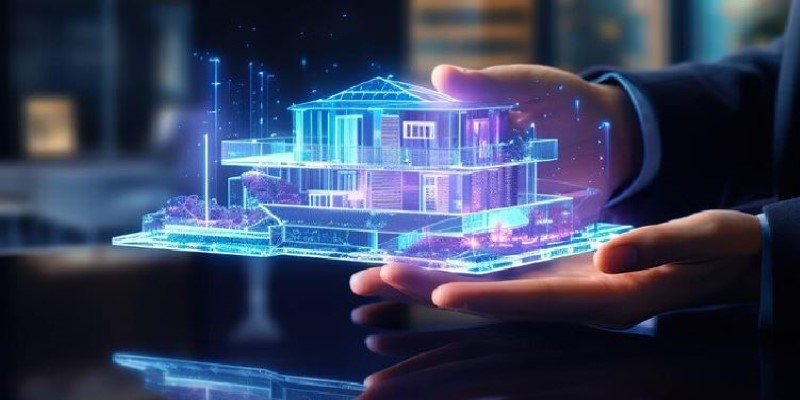
How AI in real estate is redefining how properties are bought, sold, and managed. Discover 10 innovative companies leading the shift through smart tools and data-driven decisions
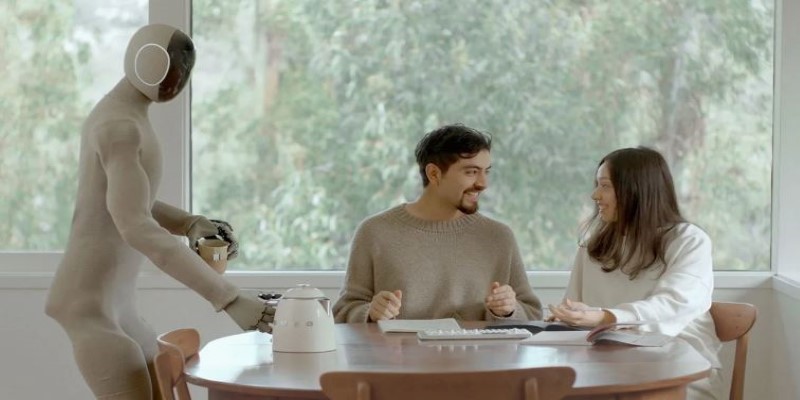
A leading humanoid robot company has introduced its next-gen home humanoid designed to assist with daily chores, offering natural interaction and seamless integration into home life

xAI, Nvidia, Microsoft, and BlackRock have formed a groundbreaking AI infrastructure partnership to meet the growing demands of artificial intelligence development and deployment
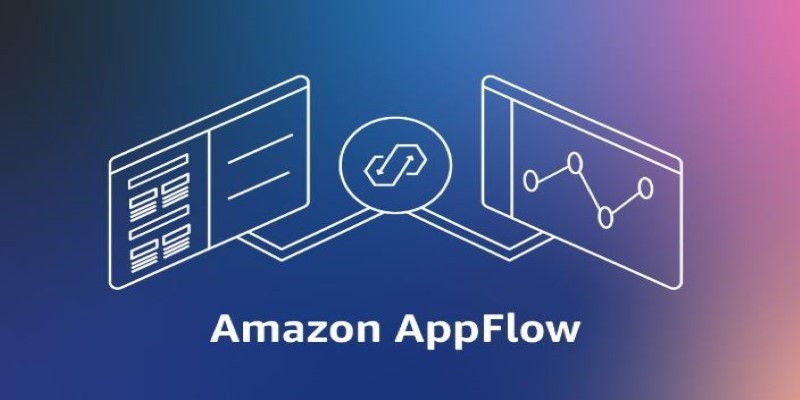
How Amazon AppFlow simplifies data integration between SaaS apps and AWS services. Learn about its benefits, ease of use, scalability, and security features
Advertisement
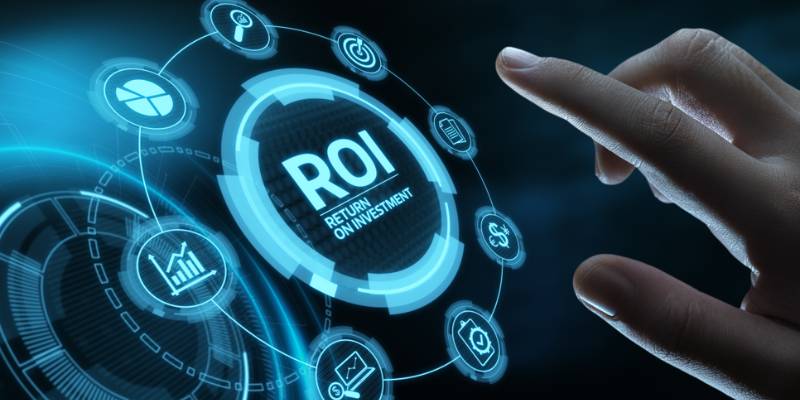
Find how AI is reshaping ROI. Explore seven powerful ways to boost your investment strategy and achieve smarter returns.
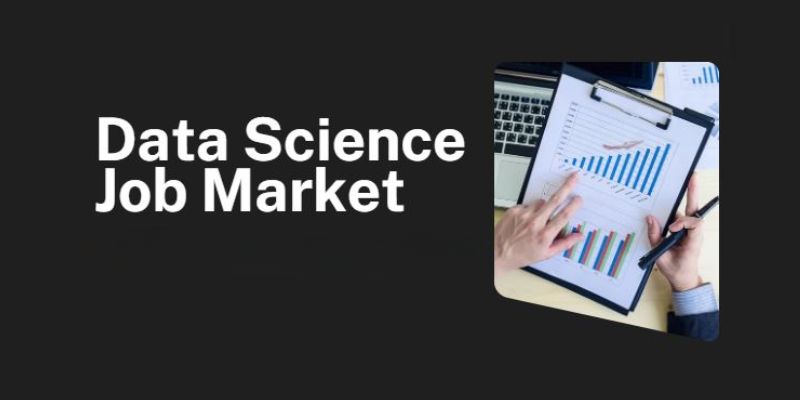
Improve your skills (both technical and non-technical) and build cool projects to set yourself apart in this crowded job market

Explore the concept of LeRobot Community Datasets and how this ambitious project aims to become the “ImageNet” of robotics. Discover when and how a unified robotics dataset could transform the field
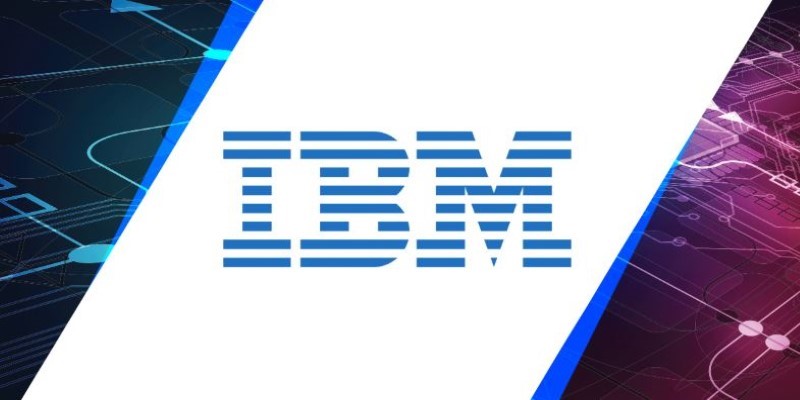
IBM Plans $150B Technology Investment in US, focusing on semiconductors, AI, quantum computing, and workforce development to strengthen innovation and create jobs nationwide
Advertisement
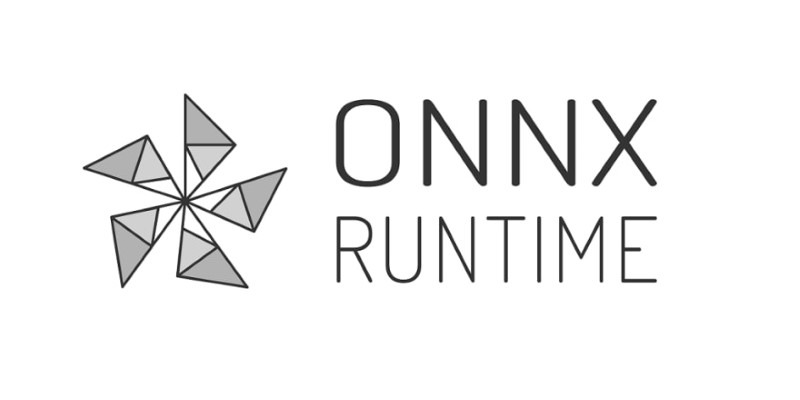
Speed up Stable Diffusion Turbo and SDXL Turbo inference using ONNX Runtime and Olive. Learn how to export, optimize, and deploy models for faster, more efficient image generation

Discover 7 Claude AI prompts designed to help solo entrepreneurs work smarter, save time, and grow their businesses fast.

Explore what large language models (LLMs) are, how they learn, and why transformers and attention mechanisms make them powerful tools for language understanding and generation

How Amazon S3 works, its storage classes, features, and benefits. Discover why this cloud storage solution is trusted for secure, scalable data management